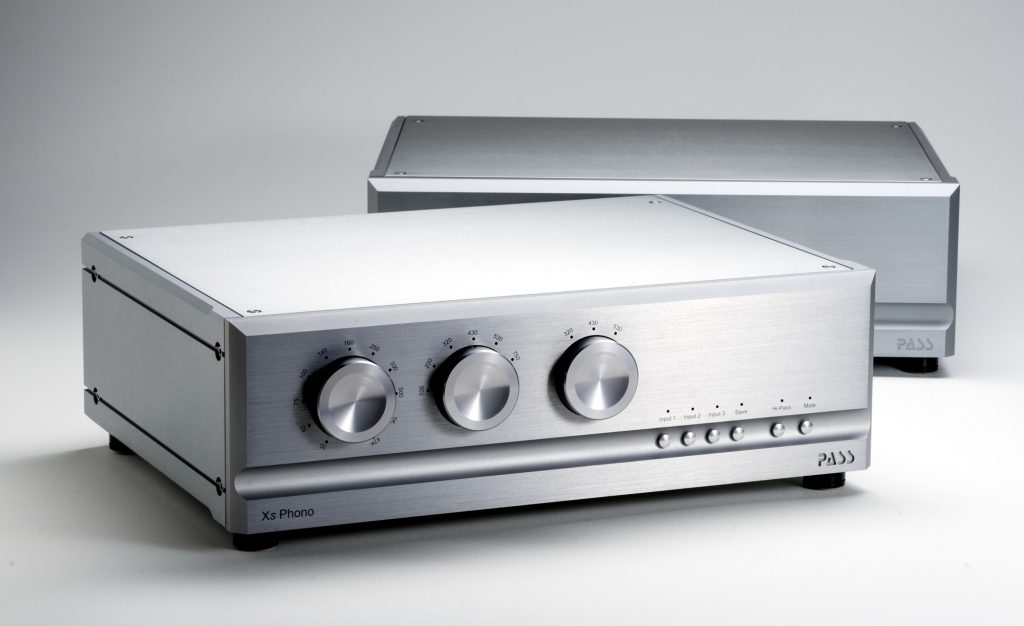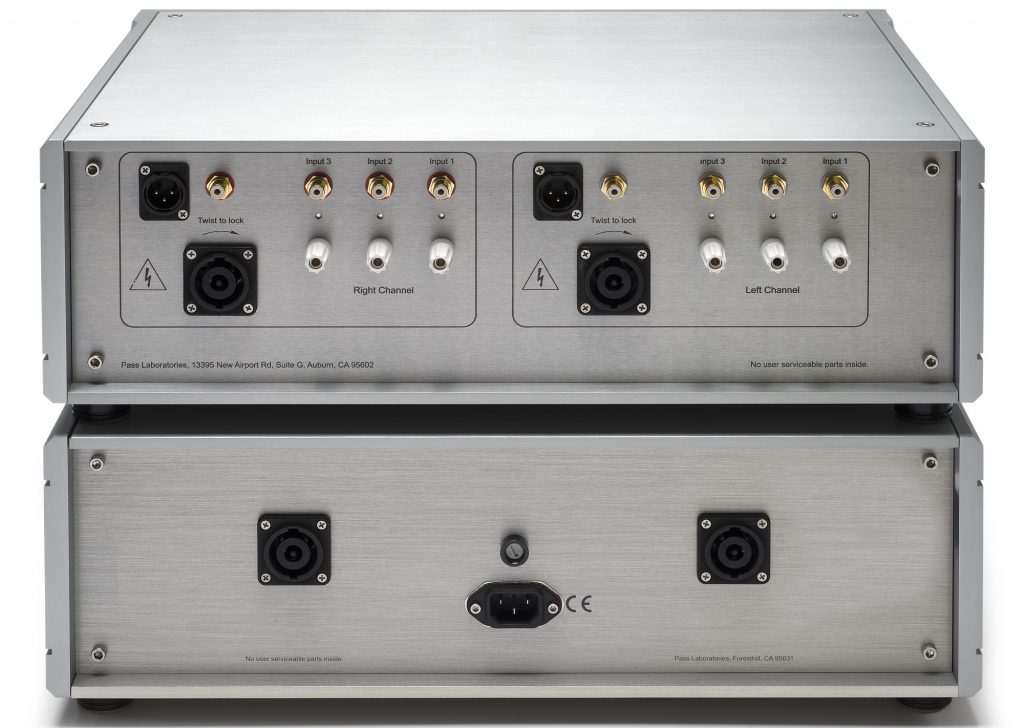Publisher’s note: In my upcoming Pass Laboratories Xs Phono preamplifier Review, I provide brief technical description of the unit for readers’ benefit. But no writing by me or any other reviewers can surpass insights and the sense of adventure directly from the pen of the phono stage’s own designer, Wayne Colburn. Hence, instead of quoting Wayne incessantly in the Review to come, I am excited to publish what he wrote to me on the technical background of the Xs Phono here with very minimal editing.
Without further ado, here is the anecdote by Wayne. Our thanks to Pass Labs and Wayne for this article. Enjoy!
Forty-five thousand dollars for a phono stage? Yes, but if you can’t write the check, don’t listen to it; there is no going back and you can’t un-remember the sound. It is an XS and it may not be for everybody. We sell a great one for less than one-tenth this price.
This is a complicated product for a company that prides itself in high performance simplicity, but in taking a signal from microvolts to volts and equalizing it, you must do many things correctly.
Let’s start with the input stage. We use three separate input gain cards to avoid the use of relays in switching low-level signals. We use great low-level relays guaranteed for microvolt levels but a direct connection is even better. These circuit boards are made of high temperature ceramic composite and suspended on elastomeric mounts. These are seven times the cost of standard boards and are gold plated, designed to last and be extremely stable. This is important: When amplifying a low frequency signal, almost 100,000 times the errors are multiplied, so we better get it right. This is the stuff they use in rocket science. The transistors chosen are NOS Toshibas, hand matched and trimmed for all six input cards, and 84 total FETs. Purchase these transistors if you can find them, I have found nothing better.
Out of this gain section we feed Vishay resistors and custom made REL caps for the first equalizer section. This phono stage took over a year in development and parts selection is a big part of that. Just because it is expensive doesn’t make it sound good, they must work well together, be stable, and last twenty plus years.
These parts rest on another gold plated circuit board of yet another specialized type chosen for this. It is also floated on eight elastomeric mounts and hand assembled. The secondary gain module plugs into this board using symmetric redundant gold connectors. This is a direct-coupled high gain section using more NOS Toshiba parts in a cascade configuration, feeding quad Toshiba MOSFETS in an auto bias circuit that maintains optimum operation.
These circuit boards are dual mono in a side-by-side configuration, just like the power supply with its twin boards and 120-watt toroids. We have multiple stages of regulation with electrolytic and film capacitors, in an all discrete cascade circuit. I hate to say it but even the Pass transistors were selected for their sonic performance. They matter and not just a little.
All this is enclosed in heavy, dual aluminum chassis for stability, shielding and to hold the user interface. Three inputs are selectable with loading from 30-47K Ohms, 100-750 PF and variable gain, plus nonvolatile memory for the loading settings. A front panel mute is available, as is a 20 Hz RIAA high pass.
Yes, the XS Phono costs more than the XS Preamplifier ($38,000) but it uses 1500 parts on 13 circuit boards and sounds awesome, plus you can use it more hours a day than your Aston Martin, unless you have a long commute.
- (Page 1 of 1)


